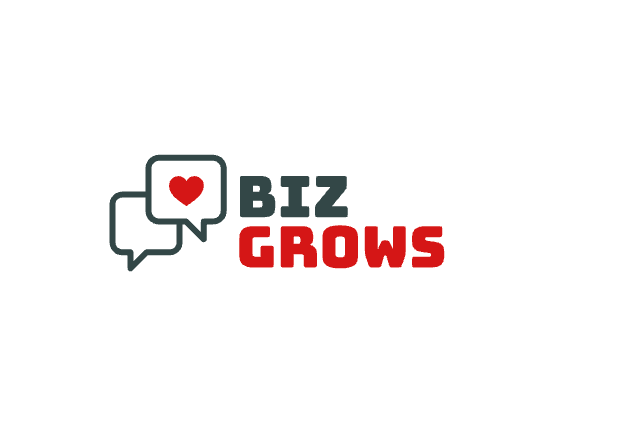An employee development plan is a useful document that can help employers and managers upskill employees to fulfill business needs and goals. This article explains how to create an employee development plan in five easy steps and what pitfalls to avoid when creating one.
An employee development plan is a document actively used by employers and managers to upskill employees for new and expanding roles within the business.
They are useful for helping an employee meet their potential growth personally and helping a company prepare for their future needs.
When handled correctly, employee development plans can help increase workforce retention, improve employees’ happiness, and lead to well-executed promotions.
Here we’ll go over the five steps needed to create an effective employee development plan, as well as some of the pitfalls you should look to avoid when creating one.
What To Avoid When Creating An Employee Development Plan
Before you start a discussion with an employee about their development and future within the company, you must consider the language you use and what you can truthfully offer to them.
You might think that one of your employees has manager potential written all over them, but sometimes things don’t work out as planned. So, avoid promising or guaranteeing anything you might not be able to deliver on.
After all, these are people’s livelihoods, and there’s no quicker way to disgruntle an employee than having them chase false hopes.
It’s also important not to confuse an employment development plan with a personal development plan. While both projects are similar, a personal plan solely belongs to an employee and is theirs to alter as they choose.
How to Create Your Employee Development Plan in Five Easy Steps
Step 1: Identify Upskill Needs
The first step is to identify your business’s future needs and goals. For example, are you on the verge of an expansion? You might need new leaders, managers, or supervisors.
Or perhaps current roles will need to evolve in a certain way. It can be helpful to make some notes or a list of what your needs are or will be, as you’ll need this data as you advance.
Step 2: Assess Employee Potential and Desire
Now that you understand the needs of the business, it’s time to assess who on the team can fulfill these needs. First, consider the drive and skills of your employees. Then identify who might need upskilling to perform their current role and who might be in line to expand into a new position.
Of course, you can only know so much without talking to the individuals themselves.
Discuss where they see themselves within the next months and years and their aspirations. You might be surprised how engaged people become once they realize you’re serious about their development.
Step 3: Align Business and Employee Needs
Once you’ve identified the future needs of your business and the desires of your employees, it’s time to find where these two align. Realistically, you have to put the company first, but a development plan is more likely to succeed if both you and the individual in question are on the same page.
Be clear with your intentions and the business’s goals, and the two of you should be able to come to an understanding. Keep in mind both long-term and short-term goals here, and break the former down into the latter when possible.
Additionally, make a list of your employees’ needs. For example, freelance contractors or remote workers need some extra support, including having to submit non-employee compensation (NEC) to IRS every year. Although you can easily create it with the 1099-NEC creator, you can download the PDF and email the staff as well. In this way, add small scheme to your business plan. Only then your plan will be more effective.
Step 4: Develop an Action Plan
Once everyone is clear on development goals, it’s time to develop an action plan. The main thing to consider here is what the training in question will look like and what it will require:
- Will it be done in-house or outsourced?
- Will there be a course?
- Assignments?
You’ll have to consider what resources you have at hand and who will cover the employees’ regular shifts while they are training.
Whatever you do, avoid overtaxing the business by offering too much too soon. Instead, focus on one or two employees at a time.
Step 5: Track and Update
Once your plan is up and running, you’ll need to keep track of its progress.
Meet with employees regularly to receive feedback on how they think their development is going.
It can also be helpful to dedicate an individual or team to monitor the success of your development plans. Finally, identify any obstacles getting in the way of development and alter projects that aren’t working as required.
Bottom line
If things are running along nicely, you can look to expand your training to other employees.
However, always take a slow and steady approach to employee development. Doing this will ensure you don’t overpromise and underdeliver.
The result will be employees who are comfortable with new processes and changes.


